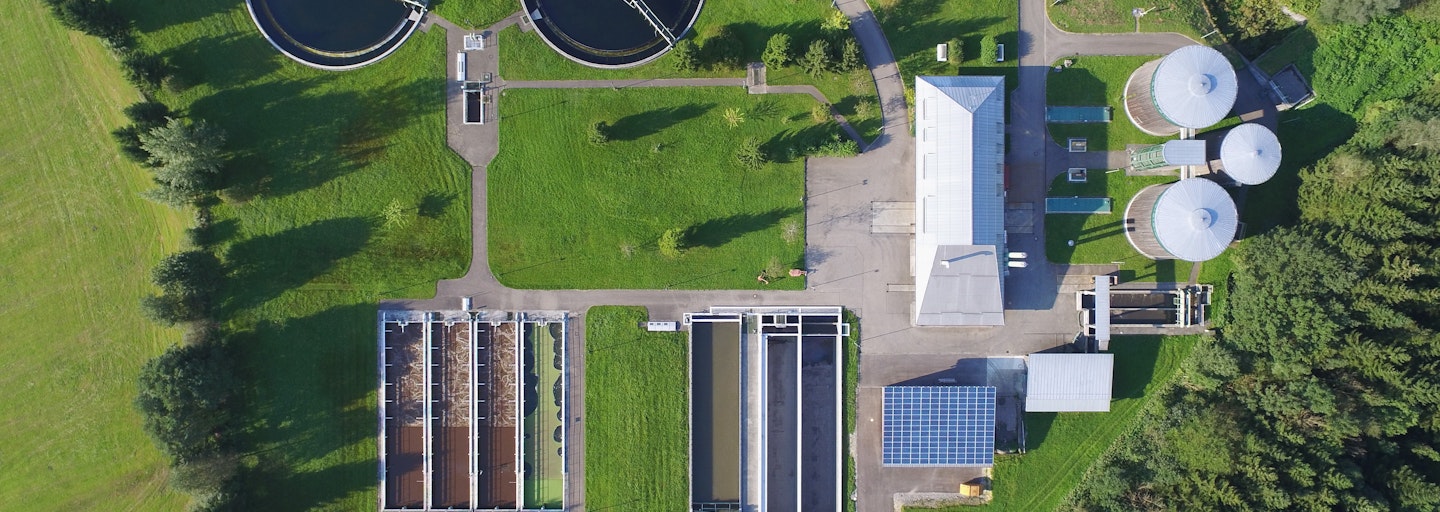What is Biofiltration?
Biofiltration is a great way to naturally and organically remove odorous bacteria that would otherwise pollute the atmosphere.
Several South Island councils, including Nelson City Council, have been conducting trials of their biofiltration systems in order to elimnate odours from facilities like sewage treatment plants. These trials have revealed varying efficiencies of biofilters, with the main factor being a lack of regular maintenance.
According to the Resource Management Act, the responsibility for managing air quality primarily falls on regional councils and unitary authorities. They are required to address any negative impacts of activities on the environment, including the generation of offensive odours. Many councils utilise biofiltration as a means of reducing odours, such as hydrogen sulphide, that are released from sewage treatment facilities.
What is Biofiltration?
Biofiltration is where organic contaminants in a gas stream pass through a bed of material and adsorb to the surface, where they are broken down by the microorganisms present. Volatile compounds break down into carbon dioxide, water, mineral salts, and other harmless products. The bed material may be shell, bark, compost or any mixture of these components.
Unfortunately, biofiltration systems are not always operated at suitable conditions to achieve the desired odour control. If biofilters are overloaded, sorption sites are filled faster than they are regenerated by bio-oxidation, resulting in odorous compounds passing through the biofilter into the atmosphere.
Download our free guide to learn more about Azwood's biofiltration media.
Biofilter media
Selection of the appropriate biofilter media is critical. The media should have a large active particle surface area to absorb gases, attach microorganisms, and effect good water holding. It must be sufficiently porous to maintain alow pressure drop and provide good drainage. It should have chemical characteristics that help to support and sustain the growth of micro-organisms.
The moisture content, drainage, pH, temperature, nutrient availability and the pressure drop across the biofilter media must be monitored and controlled within reasonable limits to maintain biofilter performance.
Recommendations
Moisture content
pH level
Temperature
Design and maintenance of biofiltration systems
The microorganisms in biofilters require nutrients for growth. It is generally thought that most biofilter media and influent gases contain enough nutrients so that none need to be added. However some biofilters designed to operate at high loading rates and over long periods of time, may require the addition of nitrogen.
Another key factor in the design and maintenance of biofiltration systems is the pressure drop, which is a function of the gas loading rate and is influenced by the type, depth and moisture content. Monitoring will detect compaction and indicate when loosening or replacement is required.
When properly designed, operated and maintained, biofilters have proved to be an effective odour control technology. The biofilter media chosen must be able to support and sustain a diverse microbial population.
Azwood’s BioFilm
BioFilm, manufactured by Azwood, is a specialist, branded technical media used in biofiltration systems all over the South Island by local government and private organisations. When working efficiently, BioFilm removes more than 90% of air pollutants, including those that some agencies class as hazardous, such as hydrogen sulphide. BioFilm is a contaminant-free, all-natural product, manufactured from recycled, carbon-neutral materials.
Azwood can provide expert consultants to advise on your specific project. Common services undertaken by Azwood include testing of current conditions, reporting findings and creating recipes and products suitable for your site.
Enquire about this productRelated Articles

Follow us
More from Azwood
Connect with us on social media to learn more and be the first to hear our latest industry updates

